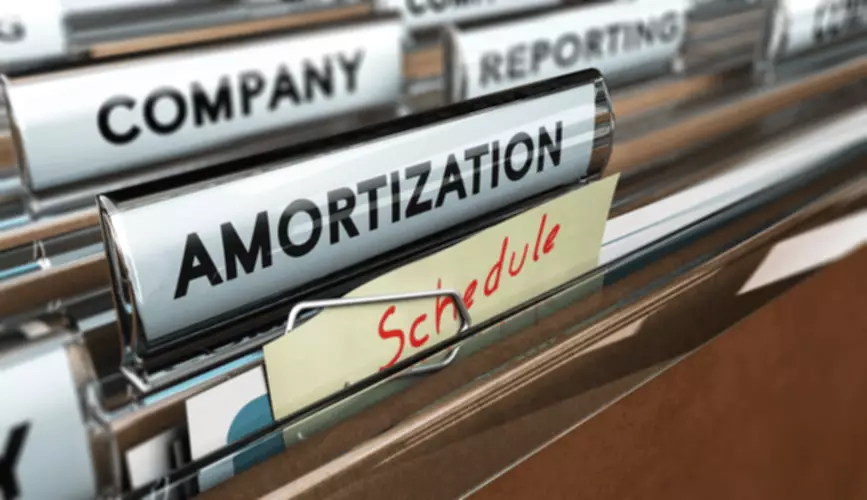Content

In the meantime, start building your store with a free 14-day trial of Shopify. A working capital ratio somewhere between 1.2 and 2.00 is generally considered good.
Both metrics can be useful in assessing the financial health of a company. A company must guard against a current ratio that is too high, especially if caused by idle cash, slow-paying customers, and/or slow-moving inventory. Decreased net income can result when too much capital that could be used profitably elsewhere is tied up in current assets.
Interpretation and Use of Ratios
Current liabilities are the amount of money a company owes, such as accounts payable, short-term loans, and accrued expenses, that are due for payment within a year. Current assets, such as cash and equivalents, inventory, accounts receivable, and marketable securities, are resources a company owns that can be used up or converted into cash within a year. A company can increase its working capital by selling more of its products. Create a shorter operating cycle to increase cash flow and reduce the possibilities of non-payment.

The most common current liabilities are accounts payable and accrued expenses. Accounts payable are bills that have been incurred by the company but have not yet been paid. Accrued expenses are expenses that have been incurred by the company but have not yet been paid.
The Struggles of Private Company Accounting
If a business has $900,000 in current assets and $500,000 in current liabilities, its working capital would be $400,000. Working Capital is the money available to a business AFTER it’s fully paid off all its bills and short-term working capital ratio debts. If a company’s working capital is negative, it will have to figure out how to access more working capital by using tactics like getting a loan, selling assets, laying off staff, or selling more inventory.
In this context, the most useful measure of profitability is return on capital . The result is shown as a percentage, determined by dividing relevant income for the 12 months by capital employed; return on equity shows this result for the firm’s shareholders. Firm value is enhanced when, and if, the return on capital, which results from working-capital management, exceeds the cost of capital, which results from capital investment decisions as above.
What is an example calculation of the working capital ratio?
Business owners, accountants, and investors all use working capital ratios to calculate the available working capital, or readily available financial assets of a business. It’s an important marker because it can be used to gauge the company’s ability to handle its short-term financial obligations such as payroll, debts, and other bills.

Because small business owners’ business and personal finances tend to be closely intertwined, lenders will also examine your personal financial statements, credit score and tax returns. Working capital can also be used to fund business growth without incurring debt. If the company does need to borrow money, demonstrating positive working capital can make it easier to qualify for loans or other forms of credit. A business that maintains positive working capital will likely have a greater ability to withstand financial challenges and the flexibility to invest in growth after meeting short-term obligations. When a company has excess current assets, that amount can then be used to spend on its day-to-day operations.
What’s a Healthy Working Capital Ratio?
It also means that the business should be able to finance some degree of growth without having to acquire and outside loan or raise funds with a new stock issuance. A ratio less than 1 is considered risky by creditors and investors because it shows the company isn’t running efficiently and can’t cover its current debt properly. A ratio less than 1 is always a bad thing and is often referred to as negative working capital. For example, if a company has $800,000 of current assets and has $1,000,000 of current liabilities, its working capital ratio is 0.80. If a company has $800,000 of current assets and has $800,000 of current liabilities, its working capital ratio is exactly 1. A high working capital ratio means that the company’s assets are keeping well ahead of its short-term debts.
What are the 4 main components of working capital?
- Cash and Cash Equivalents.
- Accounts Receivable.
- Inventory.
- Accounts Payable.
Cost Of SalesThe costs directly attributable to the production of the goods that are sold in the firm or organization are referred to as the cost of sales. Current assets include cash and other assets that can convert to cash within a year. Sears Holding stock fell by 9.8% due to continuing losses and poor quarterly results.
What’s the Difference Between Working Capital and Current Assets?
Working capital turnover ratio is an important activity ratio in accounting theory and practice. Activity ratios can be described as those financial matrices which determine the efficiency of a firm in leveraging its assets to convert them into sales. Working capital is the amount of money a company has available in short-term liquid assets. It determines a company’s immediate liquidity and is often used to manage cash flow and for other forms of financial analysis and assessment. The first is that working capital includes accounts receivable and inventory, while cash does not. This is because accounts receivable represent money that is owed to the company, while inventory represents products that the company has yet to sell. The second key difference is that working capital is a measure of how long the company can operate without having to sell assets, while cash is a measure of how long the company can operate without having to borrow money.
- It also means that the business should be able to finance some degree of growth without having to acquire and outside loan or raise funds with a new stock issuance.
- The working capital turnover is the ratio that helps to measure a company’s efficiency in using its working capital to support sales.
- It proves the company isn’t operating efficiently, meaning, it cannot settle its obligations properly.
- This means that the firm would have to sell all of its current assets in order to pay off its current liabilities.
- Working capital is a financial metric calculated as the difference between current assets and current liabilities.
Negative working capital is often the result of poor cash flow or poor asset management. Without enough cash to pay your bills, your business may need to explore additional business funding to pay its debts. For example, if your business has $500,000 in assets and $250,000 in liabilities, your working capital ratio is calculated by dividing the two. Assets are defined as property that the business owns, which can be reasonably transformed into cash (equipment, accounts receivables, intellectual property, etc.). When implementing WCR, the timing of reporting must also be considered very seriously. As the monthly expenditures like payroll and accounts payable would change the in-hand cash for any company before and after reporting.
What is an example of cash to working capital ratio?
Because of this, it’s an excellent measure to evaluate investment potential. This could include cash equivalents and marketable securities as well. This is because these assets are https://www.bookstime.com/ easily convertible to cash, unlike fixed assets. The working capital ratio is a liquidity tool that gauges a company’s ability to settle its current debts with its current assets.